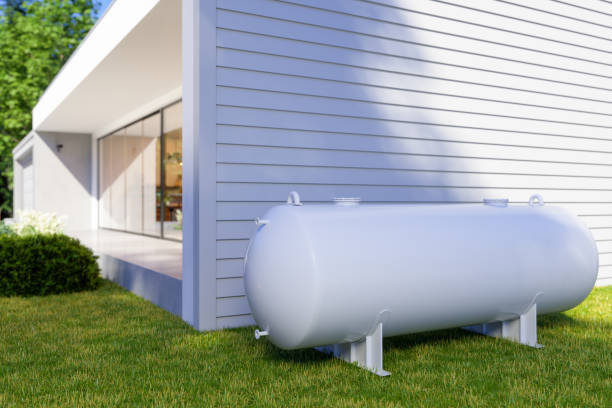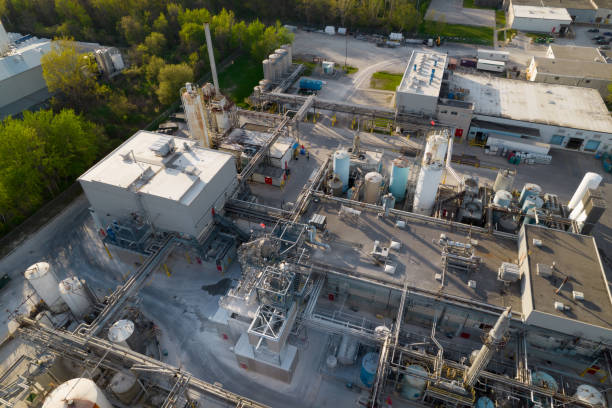A Comparative Analysis: Propane vs. Heating Oil
When it comes to heating your home or business, it’s essential to choose an energy source that’s not only cost-effective but also reliable. Two popular options are propane and heating oil. Let’s compare these two energy sources in terms of price, availability, and market conditions. Propane: The Economical Choice Propane, known for its high energy… Continue reading A Comparative Analysis: Propane vs. Heating Oil


